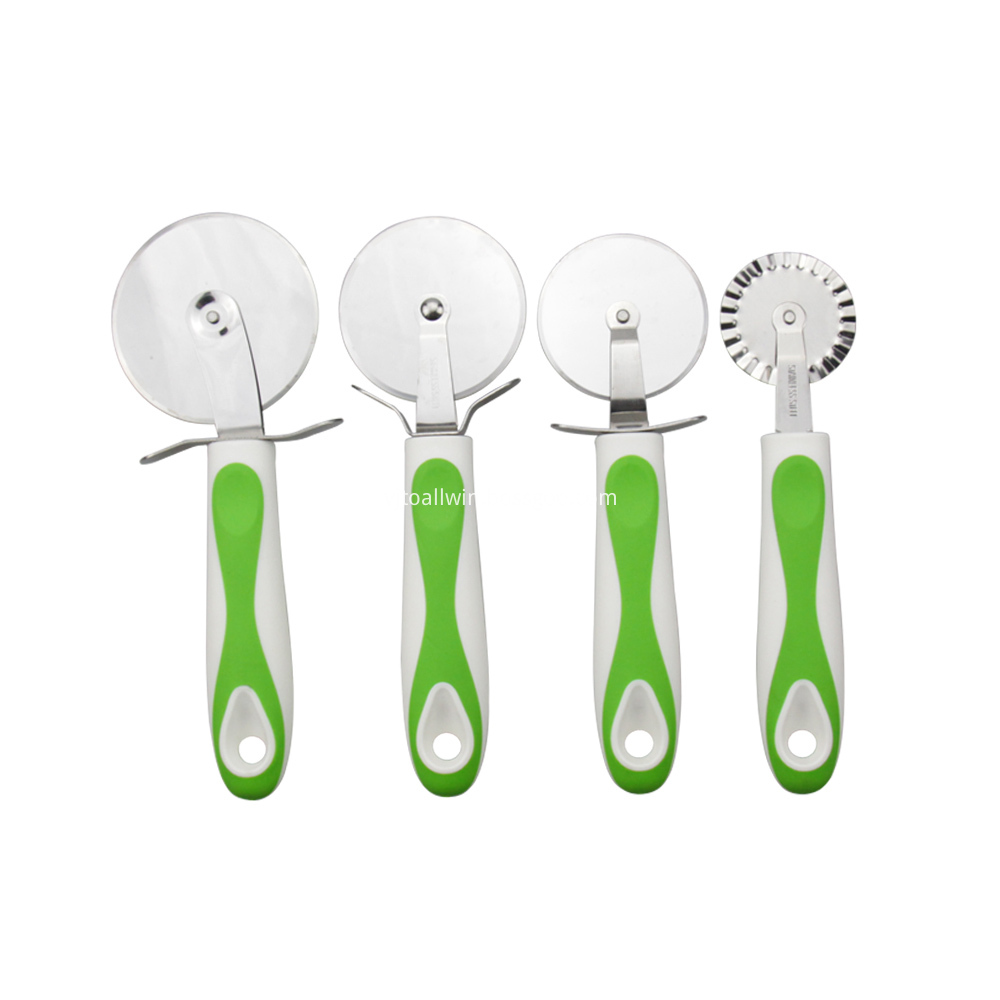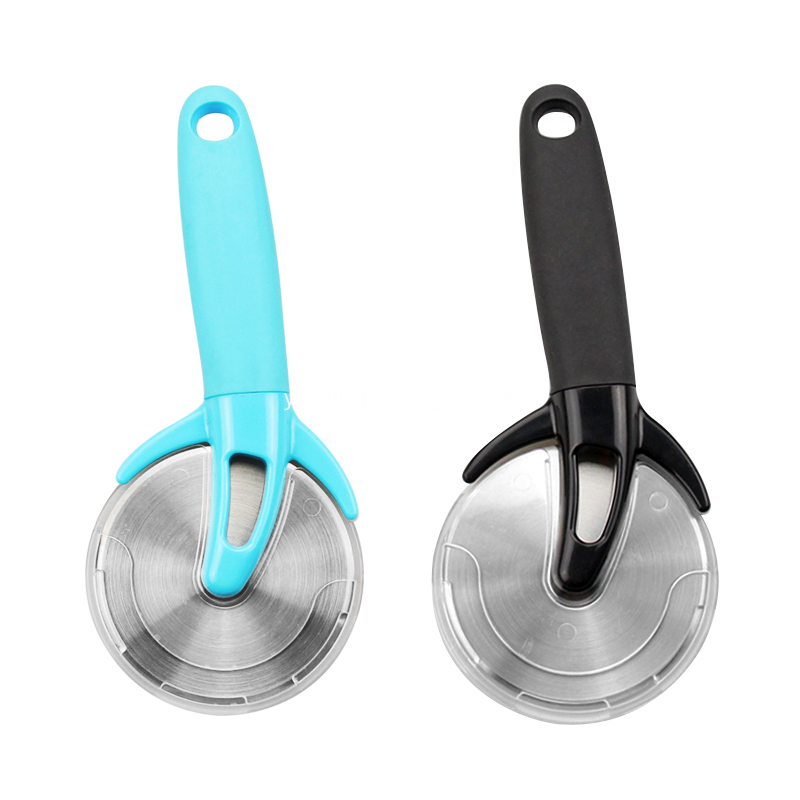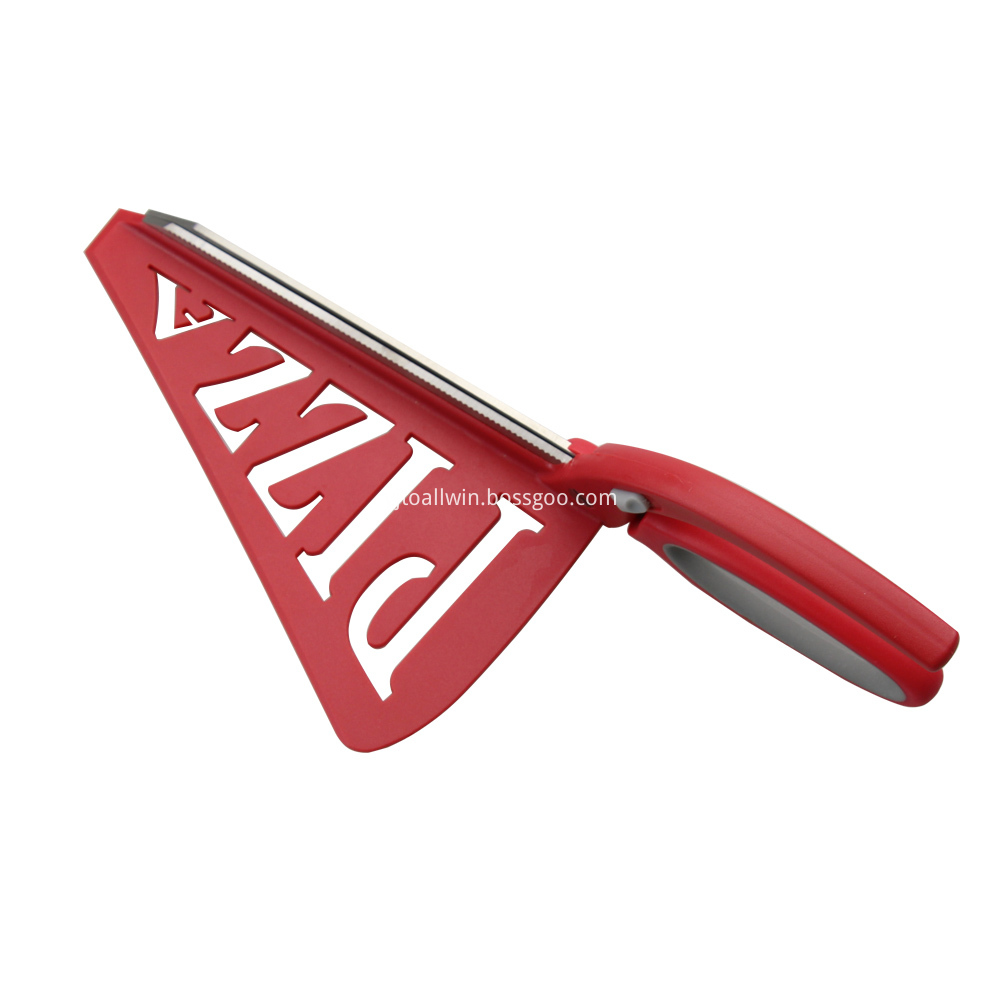The film material used for liquid soft plastic packaging film is mainly polyethylene (PE) co-extruded film, which must meet the requirements of packaging printing, processing, storage and transportation and hygiene. From the perspective of film appearance and performance, it can be divided into three categories: soft creamy white PE film, black and white co-extruded PE film, hard high temperature cooking PE film.
The soft white PE film is mainly used for packaging of simple liquids such as milk, soy sauce and vinegar. The co-extrusion blown film masterbatch consists of LDPE, LLDPE and milky white material. The performance of the membrane, the barrier performance is relatively poor, sterilization temperature does not exceed 90 °C, the shelf life is relatively short; generally used in manual or low-speed filling equipment. Such as low-grade milk packaging, the general shelf life of up to three days, the nearest sale.
The black-and-white films are mostly three-layered, with a maximum of five layers. When the film is blown, the increased intermediate layer is a coextruded barrier masterbatch. The black masterbatch of the heat-sealing inner layer blocks light and blocks ultraviolet light. Due to the presence of an intermediate barrier layer and a masterbatch consisting of E-VA, eval, etc., the shelf life of the contents is longer and can be maintained for more than 30 days. However, there are some three-layer co-extruded black and white films on the market. The middle layer is not It is composed of a barrier masterbatch, so this black and white film is also in the first category. Among the three types of films, the black and white film is the most unfavorable to the printing operation. When the black and white film is formed into a film, the amount of the slip agent and the brightener contained therein is the largest, so as to meet the requirement that the black and white film has a small coefficient of friction on the high-speed automatic filling machine, and the added oily substance is extremely unfavorable to the color printing process and greatly reduces the Ink adhesion properties. In most high-speed automatic filling machines, a sterilization system with direct hot hydrogen peroxide is used to sterilize the packaging film. In this case, it is necessary to pay attention to the influence of the sterilization conditions on the ink layer because some of the pigments in the ink have poor oxidation resistance. Tests have shown that hydrogen peroxide oxidation increases significantly with increasing temperature. Therefore, color printing manufacturers must be clear about the customer's post-processing conditions when providing packaging materials.
The rigid high-temperature cooking PE film is mainly used for milk beverages such as yoghurt, soy milk and so on. When the contents are sterilized after filling, an ultra-high temperature sterilization process is used. The rigid co-extruded PE film uses HDPE masterbatch as the main component, adding some LDPE and colored masterbatch. Therefore, the rigid PE film has good high-temperature resistance and can meet the requirements of ultra-high temperature sterilization. Due to the pressure difference during sterilization, the "bulging bag" phenomenon is easy to occur. Therefore, it is required that the hard PE film not only has a good heat sealing strength, but also the tensile strength performance of the film is better, and color printing manufacturers generally use "three meters throw high" or "One foot on foot" test effect.
Printing ink for liquid soft plastic packaging film
Liquid packaging films such as milk and beverages are usually printed by means of surface printing. Most of them are polyamides or modified into binders. These inks were first developed in gravure printing inks in China, and the production process is relatively mature and complete. This type of ink is suitable for polyethylene, polypropylene film, ink layer adhesion fastness, good luster; but the polyamide type ink Pu h has poor water resistance, not resistant to grease, not resistant to freezing and other performance defects. Printing of this type of ink in high-temperature summers tends to produce stickiness and softening, and freeze-up occurs during low-temperature winter printing.
Liquid packaging in the post-processing of filling, distribution, storage, etc., must be sterilized by high temperature or frozen, so the inherent defects of the polyamide type table printing ink can not meet the requirements of liquid packaging, production of liquid packaging manufacturers of color printing Must be for different types of co-extruded PE film, non-polyamide type of printing ink, the most suitable liquid package ink in the market is polyester and modified products, single-liquid type and two-liquid reaction type Ink.
Since milk and beverages are for human consumption, packaging films, printing inks, etc. should also meet the hygienic standards for packaging materials and food packaging regulations. Therefore, the inks used for printing should be non-toxic, odorless, and have less residual solvents. Does not contain toxic heavy metals and other requirements. So as not to contaminate milk and drinks, and harm the health of consumers.
According to the above requirements for ink performance, it is necessary to select an ink with superior performance. The general printing is the use of two-component polyurethane type surface printing ink, and after the ink is printed, the gloss oil treatment is performed, the cost is relatively high and the process is cumbersome. At present, the more widely used and better quality is Chao Lifu 313A type surface printing ink and Chaolifu 314 type surface printing ink produced by Zhejiang New Oriental Ink Group Co., Ltd. It does not need to be separately treated with a varnish, but only in the printing ink. The addition of a quantitative hardener, after curing for 24 hours after printing, achieves both resistance to boiling, to hydrogen peroxide treatment, and to abrasion.
These two kinds of inks are special printing inks designed for milk and beverage packaging films, and have good affinity with polyethylene film, good glossiness of ink layer, high attachment fastness, heat resistance, oil resistance, and resistance Water-based properties are also excellent; it can be said to be ideal for liquid packaging film printing inks such as milk and beverages. Chao Lifu 313A ink is an alcohol-soluble polyamide ink that can withstand boiling below 100°C and can withstand hydrogen peroxide sterilization below 60%. Chao Lifu 314 printing ink is a two-reaction reactive polyurethane-modified ink, capable of resistance to 121 °C / 40 minutes retort sterilization, can withstand 80 °C, a concentration of 35% hydrogen peroxide sterilization. According to the oxidation resistance test of Chaolifu 314 two-liquid reactive ink, the printed film after 24 hours of aging was soaked in hydrogen peroxide solution at a temperature of 45°C to 50°C and a concentration of 35% for about 15 minutes. The ink has good adhesion and basically no discoloration. It can fully meet the requirements of liquid packaging such as milk and beverages.
The soft white PE film is mainly used for packaging of simple liquids such as milk, soy sauce and vinegar. The co-extrusion blown film masterbatch consists of LDPE, LLDPE and milky white material. The performance of the membrane, the barrier performance is relatively poor, sterilization temperature does not exceed 90 °C, the shelf life is relatively short; generally used in manual or low-speed filling equipment. Such as low-grade milk packaging, the general shelf life of up to three days, the nearest sale.
The black-and-white films are mostly three-layered, with a maximum of five layers. When the film is blown, the increased intermediate layer is a coextruded barrier masterbatch. The black masterbatch of the heat-sealing inner layer blocks light and blocks ultraviolet light. Due to the presence of an intermediate barrier layer and a masterbatch consisting of E-VA, eval, etc., the shelf life of the contents is longer and can be maintained for more than 30 days. However, there are some three-layer co-extruded black and white films on the market. The middle layer is not It is composed of a barrier masterbatch, so this black and white film is also in the first category. Among the three types of films, the black and white film is the most unfavorable to the printing operation. When the black and white film is formed into a film, the amount of the slip agent and the brightener contained therein is the largest, so as to meet the requirement that the black and white film has a small coefficient of friction on the high-speed automatic filling machine, and the added oily substance is extremely unfavorable to the color printing process and greatly reduces the Ink adhesion properties. In most high-speed automatic filling machines, a sterilization system with direct hot hydrogen peroxide is used to sterilize the packaging film. In this case, it is necessary to pay attention to the influence of the sterilization conditions on the ink layer because some of the pigments in the ink have poor oxidation resistance. Tests have shown that hydrogen peroxide oxidation increases significantly with increasing temperature. Therefore, color printing manufacturers must be clear about the customer's post-processing conditions when providing packaging materials.
The rigid high-temperature cooking PE film is mainly used for milk beverages such as yoghurt, soy milk and so on. When the contents are sterilized after filling, an ultra-high temperature sterilization process is used. The rigid co-extruded PE film uses HDPE masterbatch as the main component, adding some LDPE and colored masterbatch. Therefore, the rigid PE film has good high-temperature resistance and can meet the requirements of ultra-high temperature sterilization. Due to the pressure difference during sterilization, the "bulging bag" phenomenon is easy to occur. Therefore, it is required that the hard PE film not only has a good heat sealing strength, but also the tensile strength performance of the film is better, and color printing manufacturers generally use "three meters throw high" or "One foot on foot" test effect.
Printing ink for liquid soft plastic packaging film
Liquid packaging films such as milk and beverages are usually printed by means of surface printing. Most of them are polyamides or modified into binders. These inks were first developed in gravure printing inks in China, and the production process is relatively mature and complete. This type of ink is suitable for polyethylene, polypropylene film, ink layer adhesion fastness, good luster; but the polyamide type ink Pu h has poor water resistance, not resistant to grease, not resistant to freezing and other performance defects. Printing of this type of ink in high-temperature summers tends to produce stickiness and softening, and freeze-up occurs during low-temperature winter printing.
Liquid packaging in the post-processing of filling, distribution, storage, etc., must be sterilized by high temperature or frozen, so the inherent defects of the polyamide type table printing ink can not meet the requirements of liquid packaging, production of liquid packaging manufacturers of color printing Must be for different types of co-extruded PE film, non-polyamide type of printing ink, the most suitable liquid package ink in the market is polyester and modified products, single-liquid type and two-liquid reaction type Ink.
Since milk and beverages are for human consumption, packaging films, printing inks, etc. should also meet the hygienic standards for packaging materials and food packaging regulations. Therefore, the inks used for printing should be non-toxic, odorless, and have less residual solvents. Does not contain toxic heavy metals and other requirements. So as not to contaminate milk and drinks, and harm the health of consumers.
According to the above requirements for ink performance, it is necessary to select an ink with superior performance. The general printing is the use of two-component polyurethane type surface printing ink, and after the ink is printed, the gloss oil treatment is performed, the cost is relatively high and the process is cumbersome. At present, the more widely used and better quality is Chao Lifu 313A type surface printing ink and Chaolifu 314 type surface printing ink produced by Zhejiang New Oriental Ink Group Co., Ltd. It does not need to be separately treated with a varnish, but only in the printing ink. The addition of a quantitative hardener, after curing for 24 hours after printing, achieves both resistance to boiling, to hydrogen peroxide treatment, and to abrasion.
These two kinds of inks are special printing inks designed for milk and beverage packaging films, and have good affinity with polyethylene film, good glossiness of ink layer, high attachment fastness, heat resistance, oil resistance, and resistance Water-based properties are also excellent; it can be said to be ideal for liquid packaging film printing inks such as milk and beverages. Chao Lifu 313A ink is an alcohol-soluble polyamide ink that can withstand boiling below 100°C and can withstand hydrogen peroxide sterilization below 60%. Chao Lifu 314 printing ink is a two-reaction reactive polyurethane-modified ink, capable of resistance to 121 °C / 40 minutes retort sterilization, can withstand 80 °C, a concentration of 35% hydrogen peroxide sterilization. According to the oxidation resistance test of Chaolifu 314 two-liquid reactive ink, the printed film after 24 hours of aging was soaked in hydrogen peroxide solution at a temperature of 45°C to 50°C and a concentration of 35% for about 15 minutes. The ink has good adhesion and basically no discoloration. It can fully meet the requirements of liquid packaging such as milk and beverages.
VERY VERSATILE Pizza Cutter - Easily Cut Firm Thin Crust All the Way up to Soft Deep Dish!
ULTRA SHARP STAINLESS STEEL - 100% Safe & Rust Resistant!
ERGONOMIC SOFT HANDLE - Designed for Comfort & to Prevent Hand Fatigue.
DISHWASHER SAFE - Simply Throw it in the Dishwasher for Quick & Easy Cleanup



Pizza Cutter
Pizza Cutter,Stainless Steel Pizza Scissors,Plastic Pizza Cutter,Stainless Steel Pizza Wheel
YANGJIANG TOALLWIN TRADING CO., LTD , https://www.kitchenknife.de
![<?echo $_SERVER['SERVER_NAME'];?>](/template/twentyseventeen/skin/images/header.jpg)